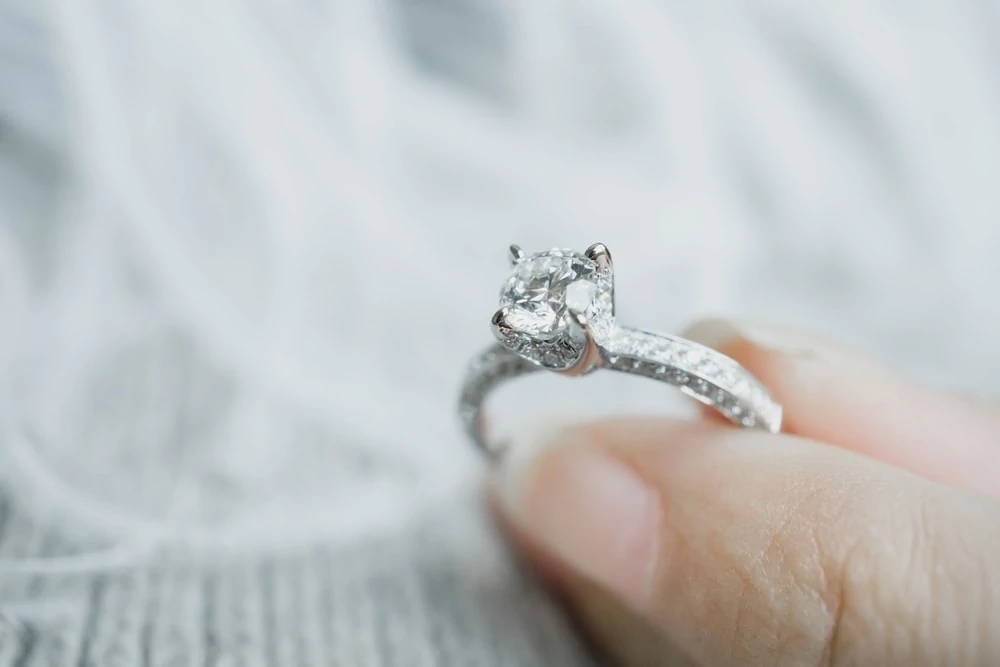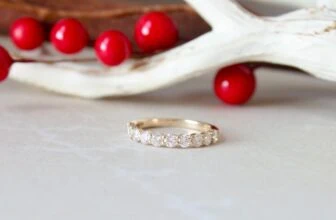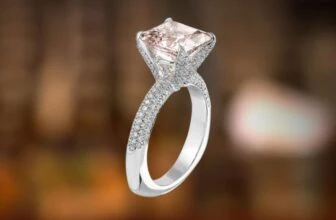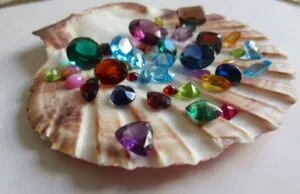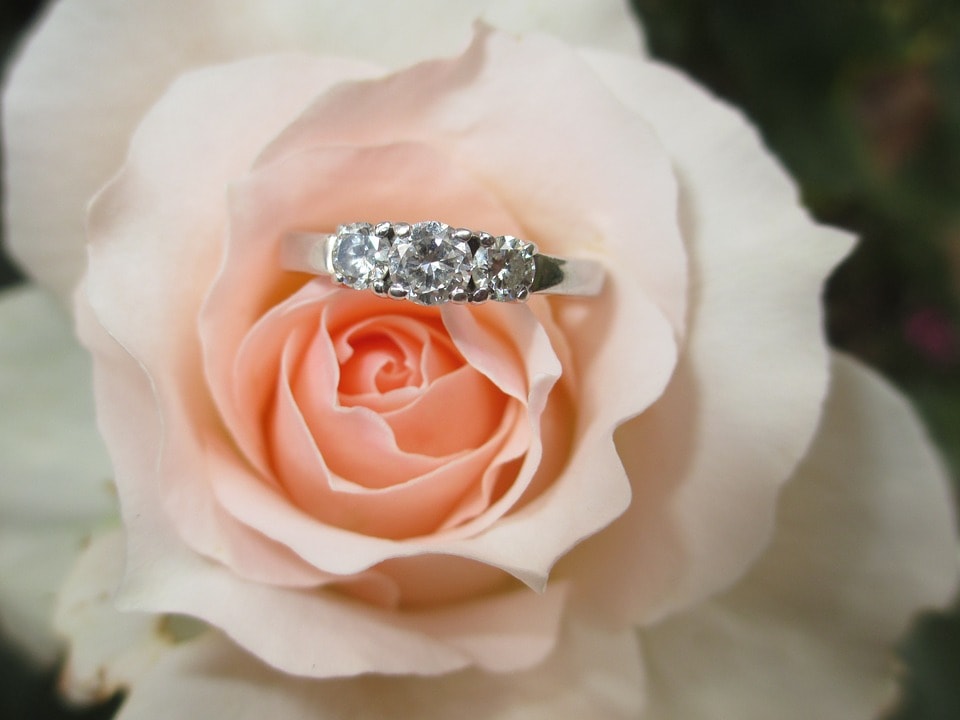
Table of Contents
It is the golden rule of many industry professionals that VS2, SI1 and SI2 are the diamond clarity grades to go for if you’re looking for budget-friendly eye-clear diamonds.
The Included diamond grades, I1, I2 and I3 stones, fall below this zone as they are almost never eye-clean which is also why they are even cheaper. Diamonds higher up on the clarity scale, while often containing no visible inclusions, can get pretty expensive.
So, does this mean that I1 clarity diamonds should just be avoided at all costs or do they have some value?
What Are I1 Diamonds?
For those who might be new to this, let me quickly explain what diamond clarity is all about. It’s basically the number and size of blemishes and inclusions, or imperfections, of a diamond.
A clear stone means fewer blemishes and inclusions. This is measured using the industry-standard GIA Clarity Scale. This goes from IF (Internally Flawless) and FL (Flawless), where no internal inclusions are visible even under 10x magnification, to I1, I2, and I3 (Included), where inclusions are almost always visible to the naked eye.
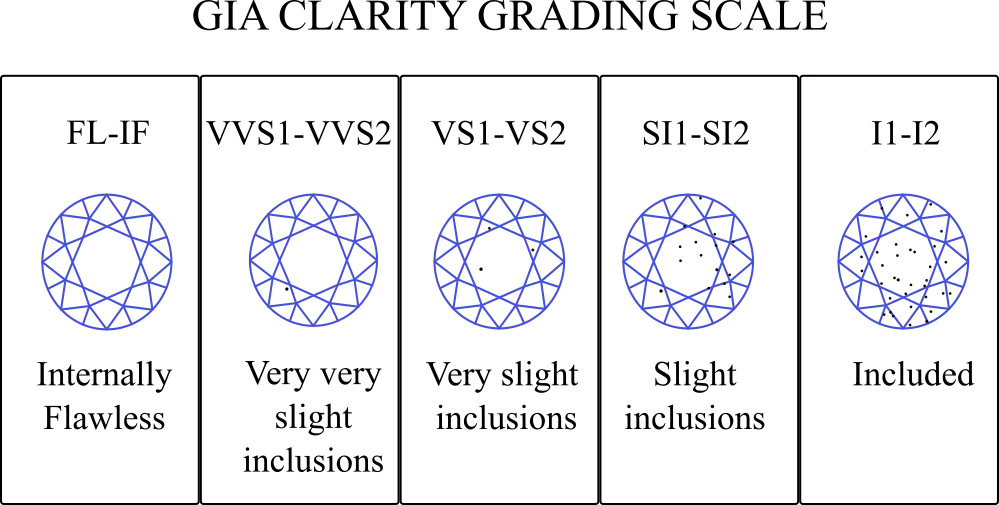
- IF (Internally flawless) and FL (Flawless: These have virtually no internal inclusions, even when viewed under an x10 magnification.
- VVS1 & VVS2 (Very Very Slightly Included): These have some minor inclusions that can only be observed with magnification but are invisible to the naked eye.
- VS1 & VS2 (Very Slightly Included): These also only have minor inclusions that are invisible to the naked eye but are easier to notice with magnification.
- SI1 & SI2 (Slightly Included): These have larger inclusions. Whether they are visible to the naked eye depends on their position in the stone and their color (which the grading method doesn’t account for).
- I1, I2 And I3 (Included): These are the stones that have several large inclusions that are almost always visible to the naked eye.
As you can see, I1 clarity diamonds are at the bottom of the scale. But what does that mean in terms of how a diamond looks?

Well, as we briefly pointed out, the color of the inclusions and their position in the diamonds isn’t actually a part of the grading method. This is a major factor to keep in mind as there is a huge difference between a colorless inclusion that’s by the side of the stone and a dark black inclusion that’s in a diamond’s center, just below the table. The latter will be painfully visible even to the layperson, while the former may very well remain invisible even to a professional’s naked eye.
Because each subsequent clarity grade up on the clarity scale often comes with a significant increase in price, looking for eye-clean, beautiful diamonds among the lower grades is an excellent way to save on your diamond’s price.
Can I1 Diamonds Be Eye-Clean?
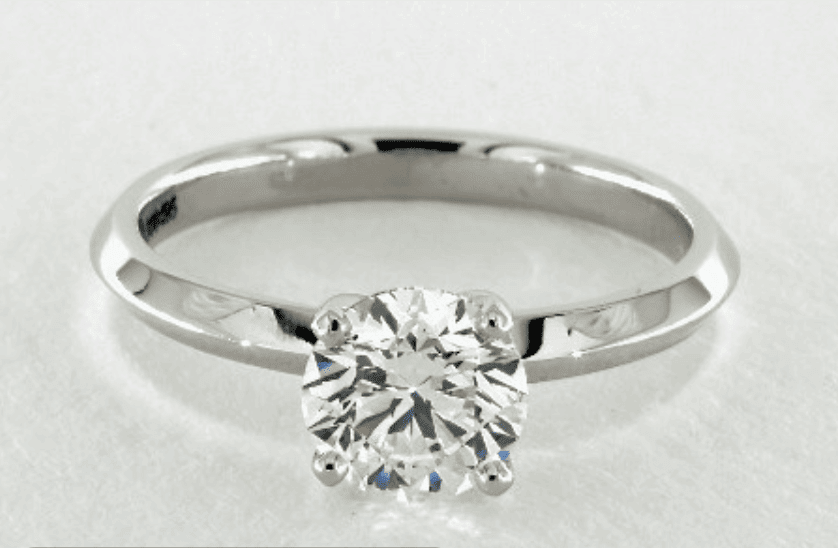
This is the big question most people ask when wondering about I1 clarity diamonds. We generally advise readers to check out VS2, SI1,and SI2 clarity diamonds for the best balance in value and appearance. For example, it’s also relatively easy to find an affordable SI2 stone, which can still pass as eye-clean, like this one.
So what about I clarity diamonds? Can you find a good stone in this category?
While it’s not easy, it’s not impossible. I1-3 stones have inclusions that are so numerous and large that they affect the stones’ brilliance, sparkle, and appearance. But in some rare cases, you may be able to find an I1 stone that looks good.
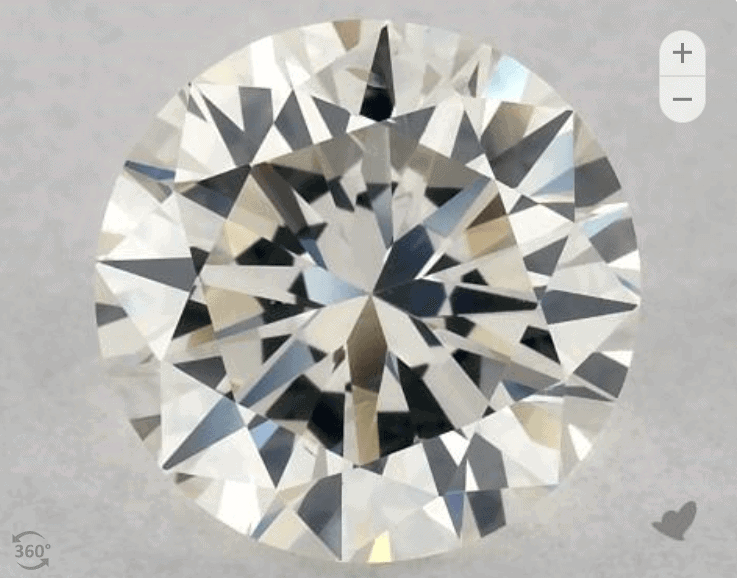
Remember to view the diamonds at their normal size (they’re 20x magnified in the video), and you’ll barely notice any inclusions. Note also that sometimes, while the stone might appear eye-clean, the sparkle might be hindered by internal inclusions.
It’s best to take it on a case-by-case basis and carefully examine any Included diamonds that you might be interested in. However, note that I2-3 are best avoided, as it can be impossible to find a good diamond in these categories. You’d be sacrificing sparkle and beauty just for a lower-priced diamond. What’s more, most retailers don’t carry these diamonds, as they’re usually a waste of time.
What Are the Best Cuts for I1 diamonds?
Some cuts are better at hiding inclusions than others. In the case of I1 diamonds, we’d suggest steering clear of step cuts. Step cuts, like emerald and Asscher, have clear open tables that highlight inclusions. If your heart is set on a step cut, then it’s best not to compromise on clarity and instead buy a stone without visible inclusions.
For I1 diamonds, brilliant cuts with many facets that dazzle the eye can distract from inclusions. Think round, princess, or cushion cuts. These are also the most in-demand cuts, which means that there will be a lot of availability. For rarer cuts, like radiant or heart, it may be harder to find the right stone.
Does an I1 Diamond Have Any Value?
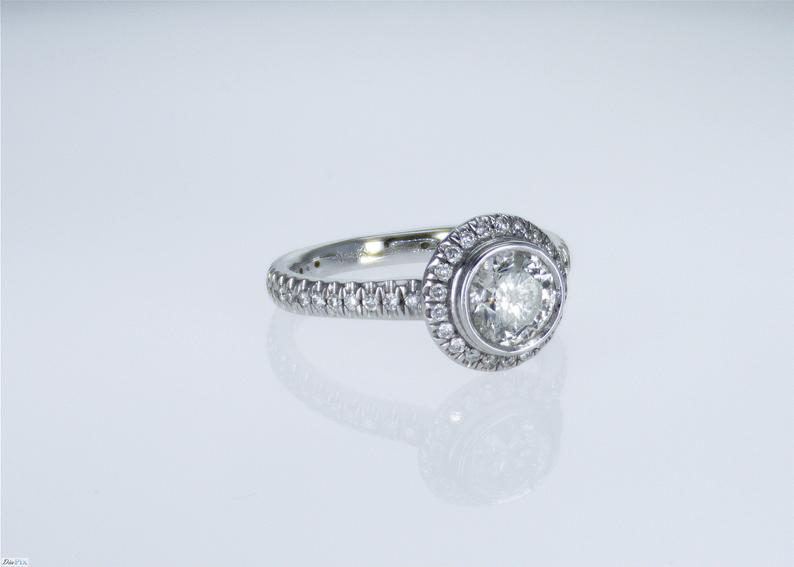
I1 diamonds aren’t very high in value because they are considered of lower quality. At the end of the day, they are located at the lower end of the diamond clarity scale. However, an eye-clean I1 diamond could be considered valuable in how they’re seen by the consumer, simply because they’re so rare!
However, when we talk about lower value, remember that it’s all relative. They’re still diamonds, and when placed in the right setting and with the right embellishments around it, an I1 diamond can look stunning. Most of its inclusions can be expertly hidden with a carefully chosen setting. The main point to note is that you want a setting that will hide the inclusions and not accentuate their clarity. They are also great as side stones or with smaller melee diamonds.
Having said all this, it’s important to remember that the quality of workmanship and the type of setting can significantly add to any diamond’s price.
Importance of Seeing the Diamond Clearly
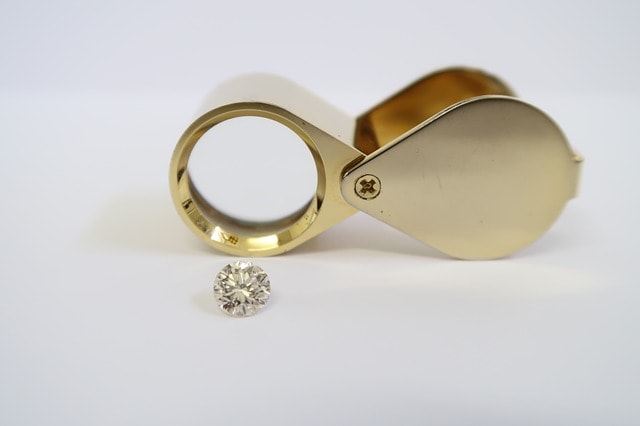
Included diamonds are a great example of why it’s very important to see the diamond in person before you make a purchase. There are a few online stores out there, such as James Allen, Blue Nile, and Brian Gavin that have excellent HD picture and video representation of their stones – in those cases, you can be significantly surer that what you’re seeing is what you’re going to get.
Whether you’re buying the diamond in person or online, it’s important to know how to buy an I1 diamond. Look at the stone’s certification, it’s official grading, and any graphics that showcase its dimensions, cut, and even ones that accent its inclusions. But it’s also important to take a good magnified look at the whole diamond.
Because what’s on paper doesn’t always translate to how the diamond looks. For example, the clarity grade on the lab report won’t tell you where any inclusions are located, how big they are, or how they impact the diamond’s light performance. For this, you will have to see the diamond clearly.
Note that in some physical stores, they won’t have the actual diamond in stock but may show you a sample diamond. Always insist on seeing the exact stone that you’re trying to buy. If you’re buying from a place like Costco, don’t just go by the product description. Buying a diamond isn’t like buying something like gold – each stone is unique, so you will have to examine your stone carefully.
Where to Buy I1 Clarity Diamonds
Not every retailer offers I1 diamonds, and even if they do have the category available, they may not have any diamonds on offer.
From the top online retailers, James Allen currently offers a healthy selection of I1 diamonds. Currently, they have over 13,000 I1 diamonds in their inventory. That’s pretty impressive! And because of how good their imagery is, you’ll be able to zoom and magnify the diamonds to carefully check their imperfections. We definitely recommend checking them out. Browse their collection here.
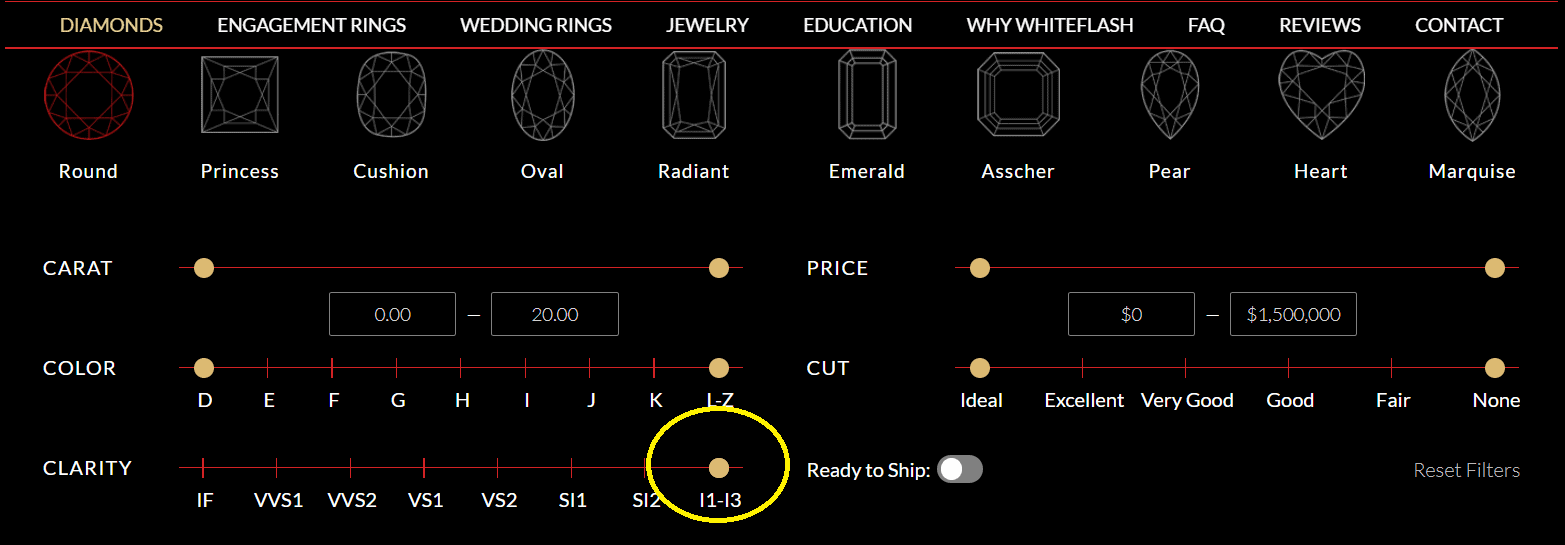
Whiteflash, known for their stunning cut quality, has the I1-3 diamond category in their filter, but when we looked their diamonds up, the search came back with nothing. This is because they have a quick-moving inventory of very high-quality diamonds. If they do have I1-3 stones, they would be of exceptional quality as well, and we imagine would be snapped up very quickly. Browse their diamonds here.
Unfortunately, Blue Nile, one of our favorite online stores for exceptional diamonds at low prices, doesn’t offer diamonds below Si2 clarity grade. If you’re willing to go up higher on the scale, then we recommend checking them out. Browse their collections here.
Wrapping Up
I1 clarity diamonds are in a very weird and fascinating place in the diamond world. Yes, they are on the lower end of the clarity scale, they are very rarely eye-clean, and they are more affordable than other diamonds. However, if you carefully sift through, you may be able to find a stunning stone at a great price.


